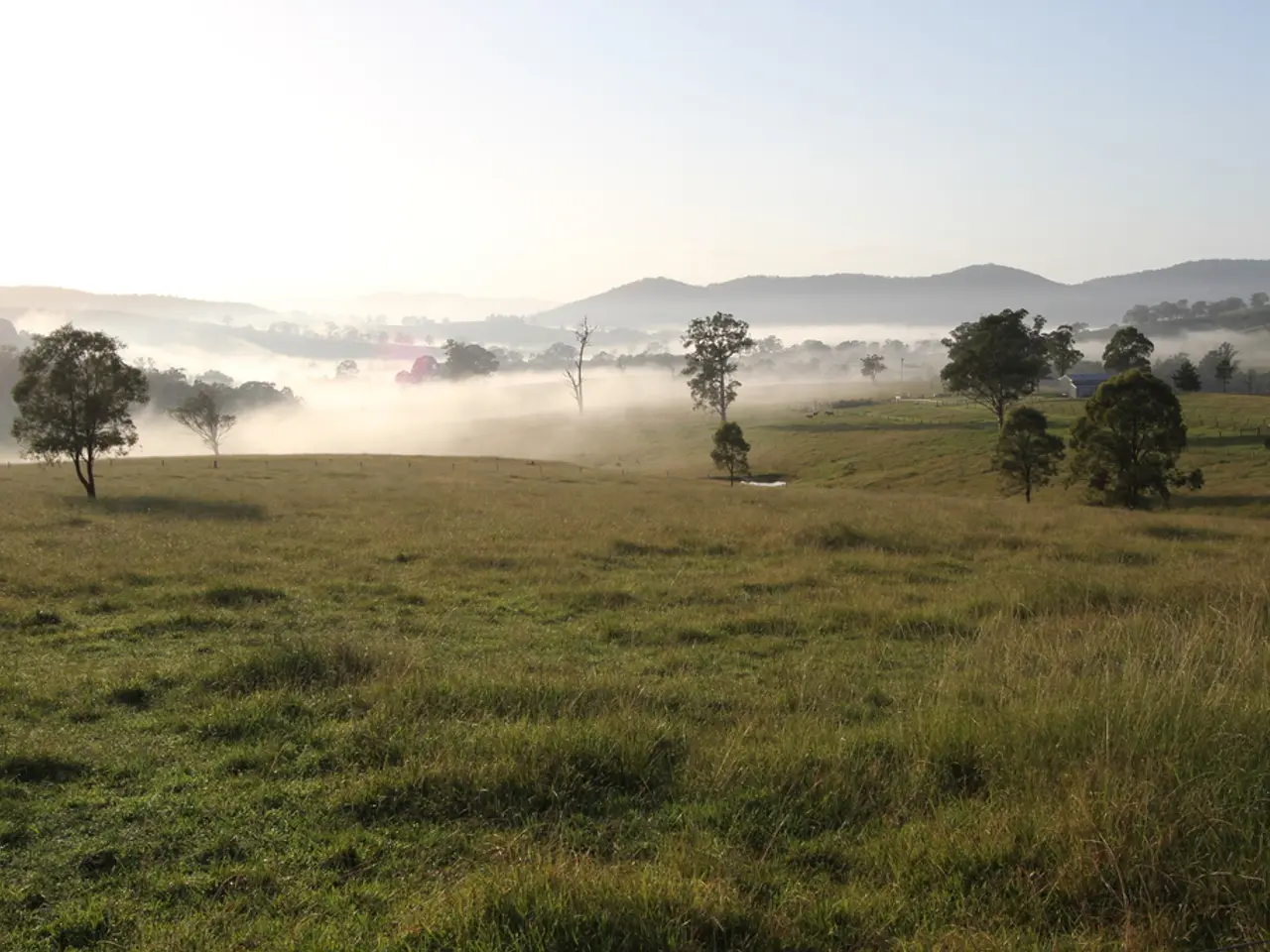Guide for Planting a Hedge
In the heart of the British countryside, a centuries-old practice is being kept alive: the art of traditional hedge laying. This method, used to create living fences, is not only a testament to the country's rich agricultural history but also plays a vital role in conservation and biodiversity.
The process begins with the selection of appropriate shrubs, commonly hawthorn or blackthorn, which are then cut almost through at the base but left partially attached. These "quicks" are bent over and woven horizontally along the hedge line. Stakes are driven vertically into the ground at intervals behind the laid stems, and the laid stems are bound to these stakes using hazel or willow withes or other binding materials. The tops of the remaining stems are usually left growing vertically for further growth.
Historically, the foundation of these hedges was prepared by grubbing up undergrowth and planting the bases of the hedge plants in the center of a newly created earth bank about 3 feet high, with ditches dug on each side to provide drainage. In some areas, like Devon, earth banks with stone or turf facing form the base, topped by the shrubs to form a distinct "Devon hedge" style.
A variety of tools are essential for this craft. The billhook, a traditional tool for cutting the stems at the base to lay, is one such tool. Hand saws or secateurs, mallets or hammers, and binding materials are also indispensable.
The style of hedge laying varies across regions. The South of England hedge style, popular and taught in courses, focuses on coppicing and laying the hedge in pairs, working on hedge sections piece-by-piece. The Midland style, also known as the bullock style, is used where the hedge needs to withstand the weight of large animals. The Somerset style uses a row of stakes that are driven in alternately on either side of the hedge, while the Yorkshire style creates a very thin hedge.
Hedgelaying is promoted for its conservation and biodiversity benefits, creating habitat for many species. When hedges grow too big to lay, coppicing (cutting back to the base) or natural regeneration with supplementary planting is practiced. Protection from grazing animals like deer by fencing is important during hedge establishment or regeneration.
The National Hedge Laying Society provides information on courses and details of professional hedge-layers. The annual National Hedge Laying Championship features over 100 competitors and eight regional styles. Birds have finished nesting in the hedges during the hedge laying season.
In conclusion, traditional hedge laying is a centuries-old country skill for creating living fences that not only serve an agricultural purpose but also provide excellent wildlife habitat and stock-proofing. It is a practice that continues to thrive in the UK, thanks to the dedication of enthusiasts and organisations that promote and teach this age-old craft.
References:
[1] Hedgelaying - National Hedge Laying Society [2] Hedgelaying - The Hedgelayers' Association [3] Hedgelaying - The Hedgelayers' Association, Devon [5] Hedgelaying - The Hedgelayers' Association, Yorkshire
The traditional method of hedge laying, while creating living fences, contributes significantly to the country's biodiversity and conservation efforts by providing a suitable habitat for various species. Home-and-garden enthusiasts and keen gardeners use various tools, such as billhooks and binding materials, to shape these hedges according to traditional regional styles, like the South of England, Midland, Somerset, or Yorkshire, styles. The National Hedgelaying Society offers courses and details of professional hedge-layers, and the annual National Hedgelaying Championship showcases the diverse practice, attracting over 100 competitors and depicting eight regional styles.





